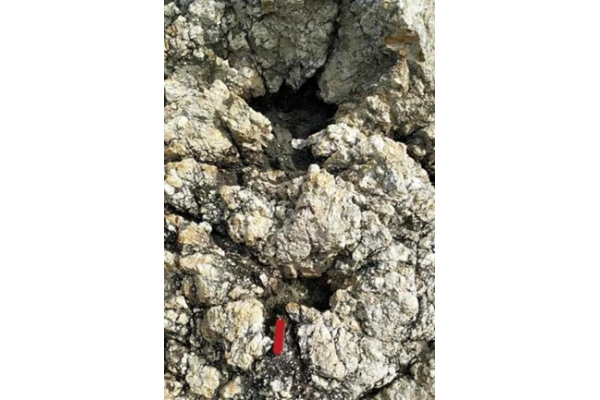NATURAL EXPLOSION STRUCTURES: RECENT RESULTS FROM INTRACRYSTALLINE DEFORMATION AND RESIDUAL STRAIN STUDIES
Seminars
A newly identified geological structure, termed explosion structure, likely originated from expansive vapor explosions triggered when heated fluids ascended and reached the boiling curve in the subsurface (Chan and Alvarez, 2023). The resulting fracture pattern resembles those induced by dynamite blasting in quarries and road cuts. Interestingly, this structure was first discovered in hydrothermal silicified rocks in Hong Kong. Since the explosion structure is a newly described structure in geology, knowledge about the physical conditions of its formation is limited. Recent observations have revealed the presence of deformation lamellae (DLs) within quartz crystals extracted from these structures. The DLs exhibit distinct morphological characteristics, prevalence, and orientation relative to crystallographic axes compared to planar deformation features (PDFs) observed in samples from the Vredefort Crater in South Africa and the Ries Crater in Germany, as well as tectonic deformation lamellae (TDLs) found in greenschist-facies quartzite from the Belgian Ardennes. An X-ray Laue microdiffraction analysis conducted on samples from the explosion structure using the Synchrotron at Lawrence Berkeley Lab unveiled significant residual strains within the quartz crystal (Dovoe et al., 2023). The discovery of Dauphine twins in the crystals further indicates very high pressures involved in the formation process. The study highlights hydrothermal fluid injection as an additional mechanism capable of inducing intracrystalline plastic deformation, alongside meteorite impacts, nuclear explosions, and tectonic deformation.
Chan, L.S. & Alvarez, W., 2023, Natural explosion structures in rocks, J of Structural Geology, 174, https://doi.org/10.1016/j.jsg.2023.104933.
Dovoe, M., Wenk, H-R. & Chan, L.S., 2023, Crystallographic orientation-dependent strain response in hydrothermal quartzites revealed by synchrotron X-ray Laue microdiffraction, AGU meeting, San Francisco.
Additional information: Prof. L.S. Chan, chanls@hku.hk










